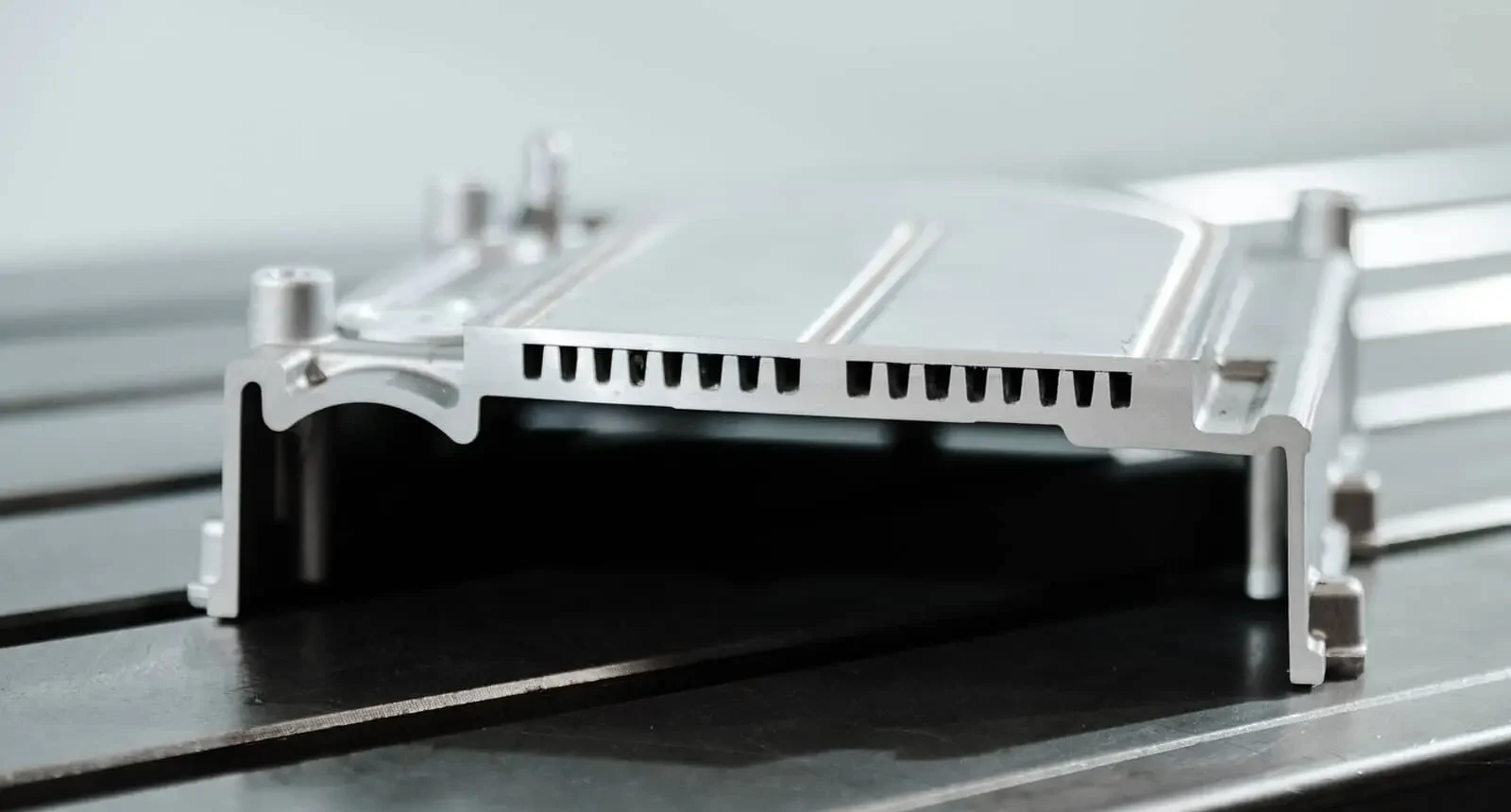FSW APPLICATION
Die Cast Welded by FSW
Weight reduction and enhanced performance: efficiency of friction stir welding for e-mobility components.
Why Choose Friction Stir Welding for Your Aluminium Die Casts Assembly?
A water heat sink for e-mobility is a device for cooling electronic components in hybrid and electric vehicles. It is made of aluminium cast parts and used for electronic housing. In its assembly process, ensuring waterproofness, mechanical strength, and cost-effectiveness are imperative.
Friction stir welding effectively addresses these three critical requirements.

100% waterproof
15 years of leak-free guarantee.

Cost reduction up to 3
Replacement of screwing and sealing.

Higher resistance
The mechanical strength is twice higher than screwing.
Technical Specifications of FSW-Welded Aluminium Die Casts

When striving for efficient and high-quality Friction Stir Welding of your water heat sinks, it is imperative to consider and precisely manage various critical elements that are integral to the process:
A heat sink is an aluminium die-cast housing with a cooling channel sealed by a cover. In FSW, most of the time, the cover is butt welded.
Generally, the part is mechanically designed to support a burst pressure of 4.5 bars and a fatigue pressure of 2.5 bars during 30,000 cycles, which corresponds to the number of start/stop for a vehicle. Thus, cover width and thickness are calculated to meet customer requirements. Moreover, with FSW, the pressure of the heat sink can reach up to 300 bars while maintaining high mechanical strength.
To assist you in designing your heat sink, our design assistance service is at your disposal. It will help you find the optimal material and design for your heat sink to achieve the expected performance.
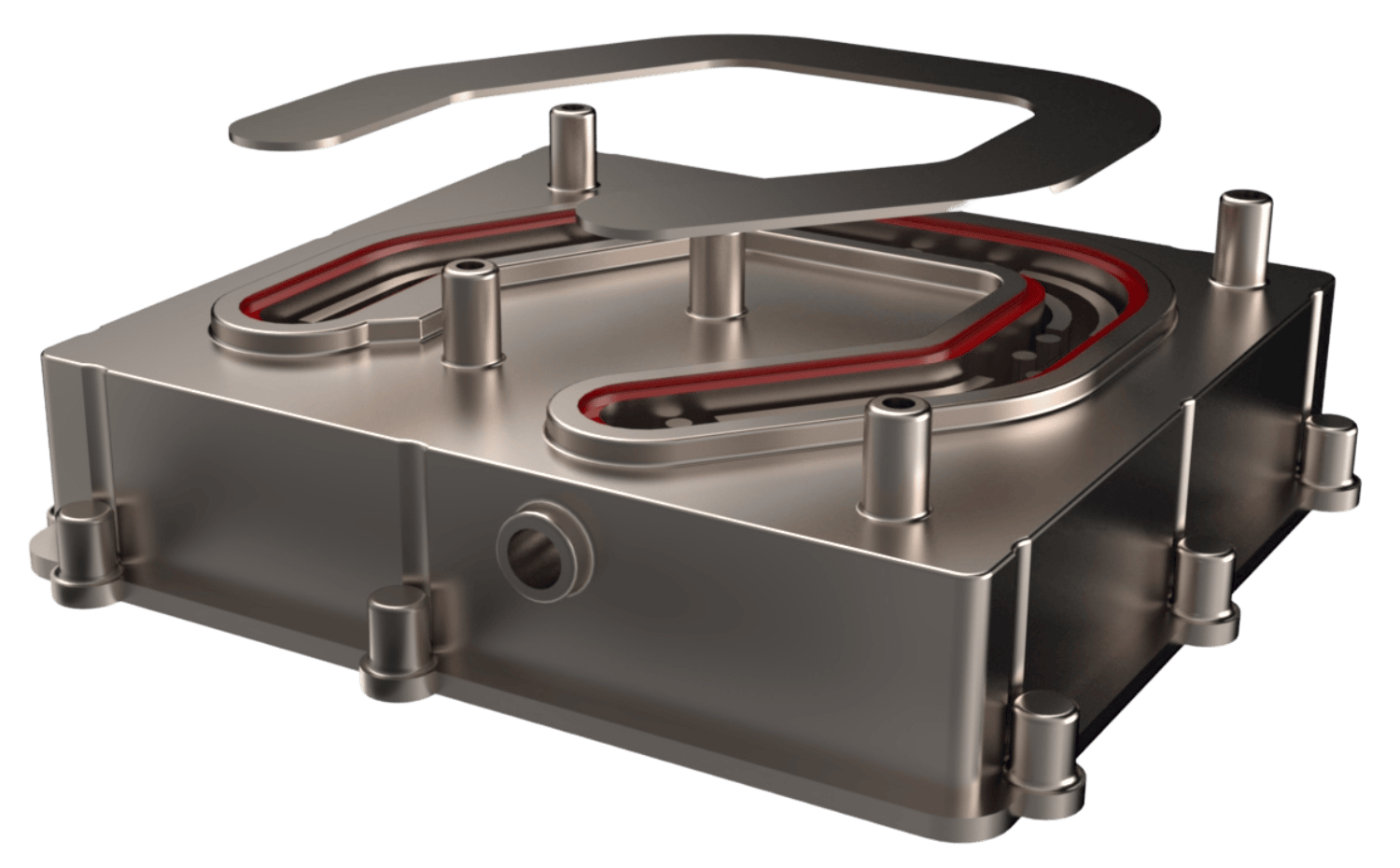

For e-mobility applications, the welding of die casts is of paramount importance and efficiency in this process is crucial. Stirweld solutions facilitate an impressive assembly speed of one part per minute, with a weld length of 1 meter, enhancing production throughput significantly. With the ability to achieve a welding speed of up to 1500 mm/min, these solutions are designed for fast and robust assembly processes.
What sets Stirweld solutions apart is the integration of Friction Stir Welding and milling within the same CNC machine. This innovative approach is made possible using an automatic tool changer, optimizing the workflow and reducing the need for manual intervention. Furthermore, a single clamping jig is employed for both FSW and milling operations, simplifying the setup, and facilitating a more streamlined and efficient assembly process. This integrated approach not only accelerates production but also ensures a higher degree of precision and reliability in the assembly of die cast for e-mobility applications.

Pressure test
Water under pressure is injected into the heat sink channel to measure the cover resistance to bursting. This assessment aids in verifying that the plate can endure external forces without succumbing to failure.

Sealing test
This crucial test is executed to verify the quality of the welded heat sink. Passing the sealing test guarantees a leak-free component with a welded joint that provides a robust and hermetic seal.

Thermal management
An experimental evaluation is conducted to characterize the heat sink’s thermal resistance and pressure drop. This analysis assesses the heat sink effectiveness in dissipating heat—a critical factor for applications within challenging environments.

Visual test
The purpose of the visual test is to detect any excessive flash while also ensuring that the force exerted by the shoulder on the workpiece surface is appropriate. The presence of either inadequate force or excessive flash may signal potential vulnerabilities in the weld.
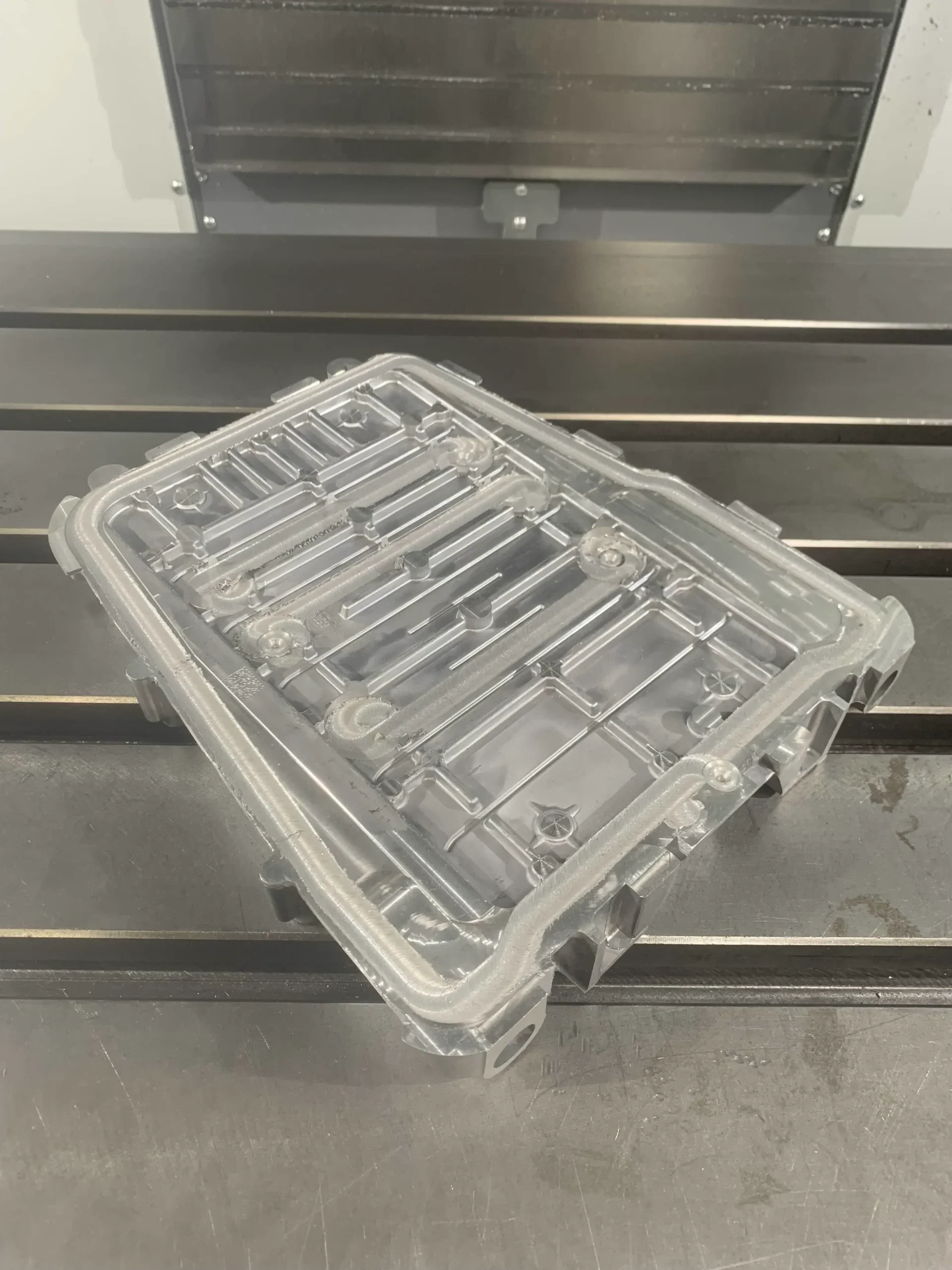
Welding time: 2 min

Welding time: 1.5 min

Welding time: 1 min
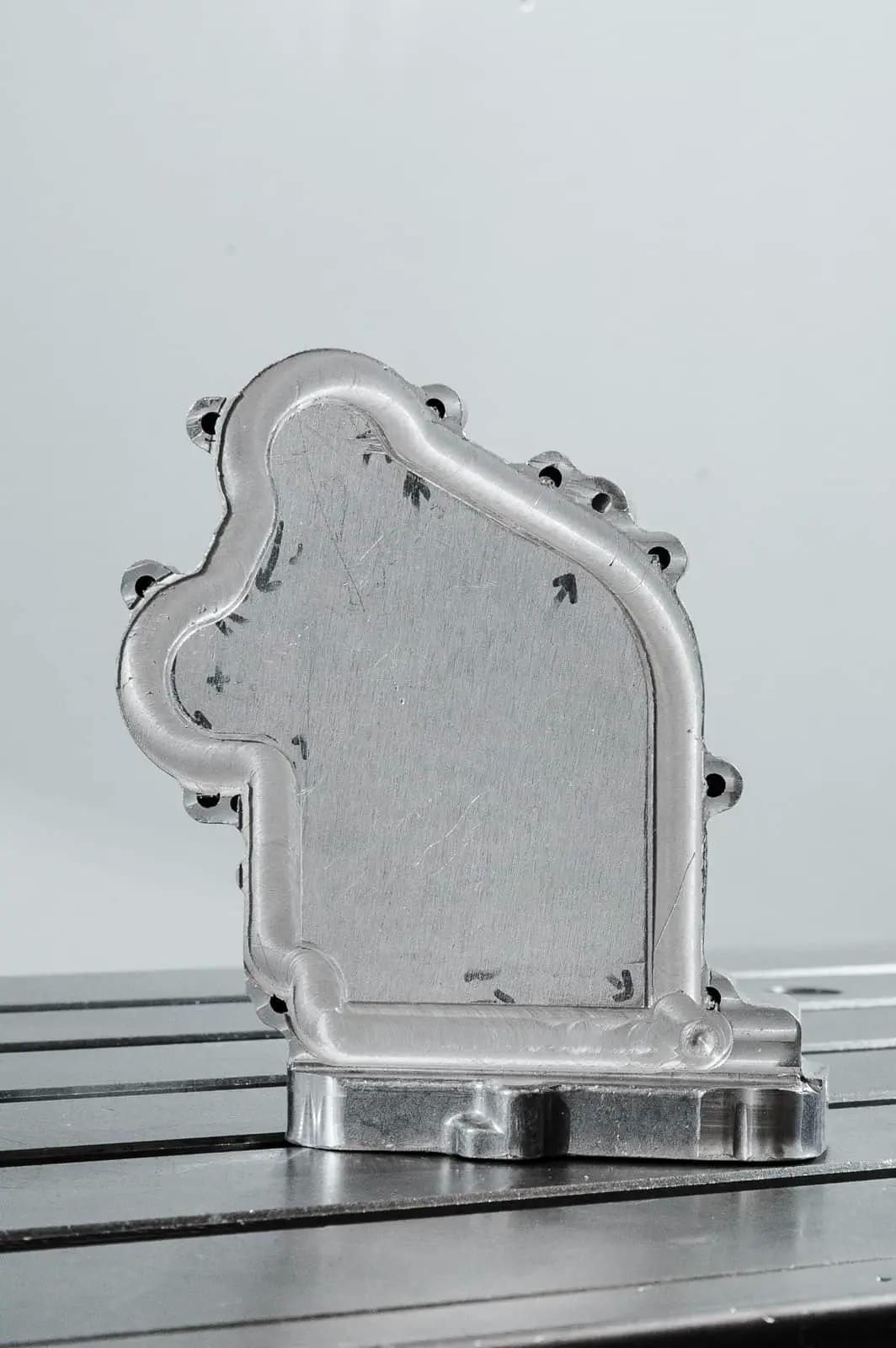
Welding time: 1 min
Have a project in mind?
Maximize the success of your die cast project with our extensive FSW Design Guidelines. This comprehensive guide not only introduces you to Friction Stir Welding but also elucidates its benefits for die cast assembly, providing a step-by-step overview of the FSW process. Gain exclusive insights into crafting a die cast with assured 100% quality. Complete the form to receive your custom Design Guidelines and benefit from the dedicated support of our expert team at every project phase.
See Friction Stir Welding Applied to Die Casts in Real-Time
Comparing FSW to Sealing and Screwing Techniques for Die Cast Assembly
Usually, the housing and the cover of heat sinks are assembled by sealing and screwing. However, new technologies with better performances have emerged, in particular Friction Stir Welding. For this comparison between sealing & screwing and Stirweld solution, the FSW head for CNC, 2 main drivers are considered: the machine investment and the batch size.
Friction Stir Welding
With Stirweld FSW head for CNC machine, one part costs 1.5 €.
Sealing and Screwing
By using sealing and screwing, one part costs 4.6 €.
Electronic Cooling and Die Cast: Key Concerns for Automotive Sector
Effective thermal management is crucial for hybrid and electric vehicles to ensure optimal battery performance and longevity, as temperatures greatly influence battery efficiency and life. Additionally, it enhances passenger comfort by maintaining a stable internal environment, especially during extreme external temperature conditions. Therefore, impeccable cooling of electronic equipment is imperative. This necessitates a heat sink that facilitates the cooling of these devices.
Thus, die cast welded by FSW serve a central role in automotive sector for thermal management of electric and hybrid vehicles (EHV).
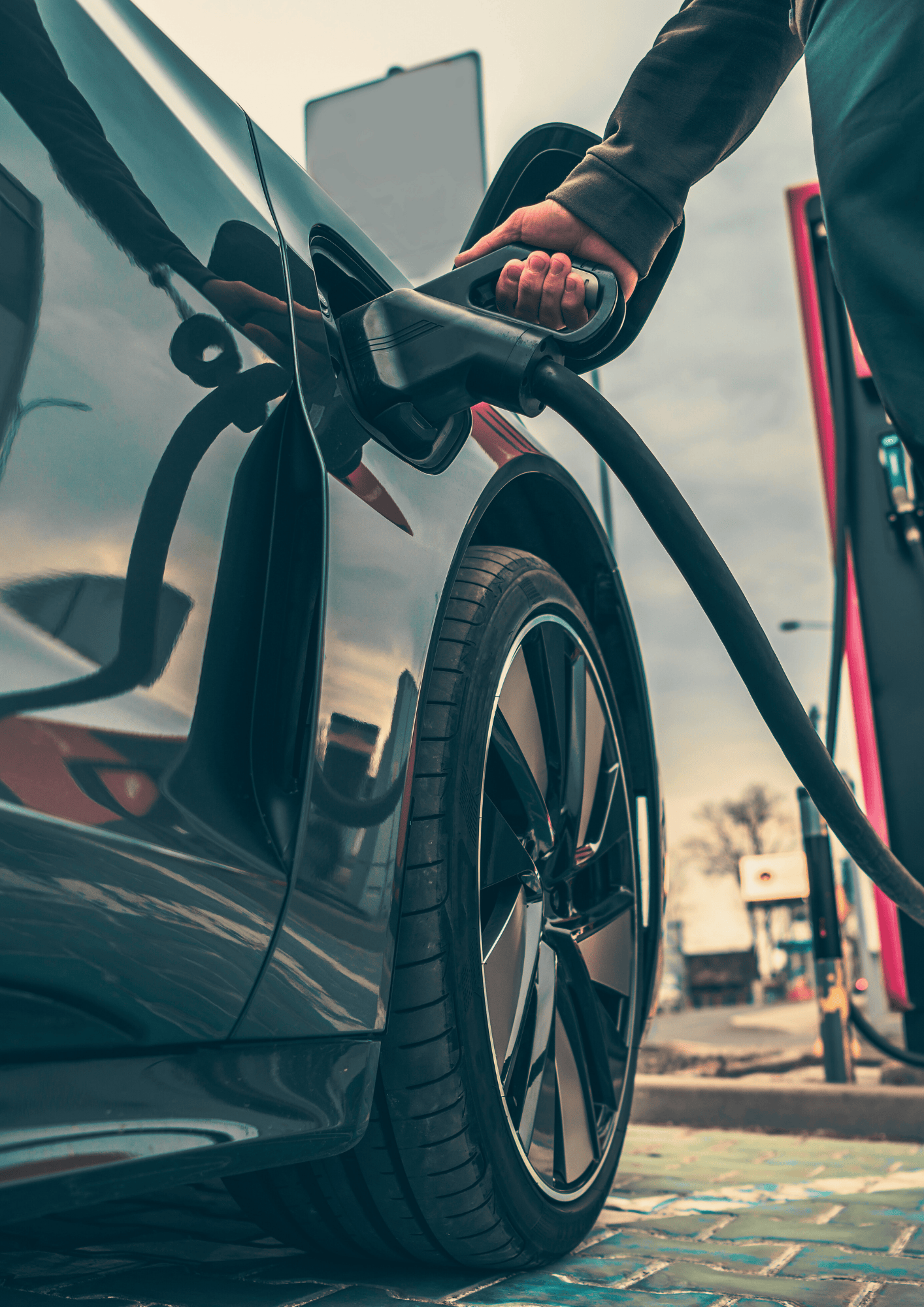
E-mobility
They Trust Us
Dive Deeper: Comprehensive FSW Die Cast Resources
Curious to learn more about FSW Die Cast Welding for e-mobility? From online webinars to in-depth articles, we’ve curated a selection just for you. Dive into the resources below to expand your knowledge on the subject.
Webinar – 40 min – Replay on demand
Friction Stir Welding: Die casting heat sinks for e-mobility
Explore the benefits of FSW for die-casting heat sinks in the e-mobility sector. In this webinar, we’ll dive into the technical details and cost advantages of this rising method.
Blog articles – 5 min
Die casting FSW heat sinks for e-mobility
4 essential elements for high quality FSW welding
White paper – 20 min
FSW water heat sink for e-mobility
Discover the future of heat sinks in e-mobility. This white paper delves into market trends, FSW design costs and the quality of friction stir welding for EVs.

White paper – 20 min
Friction Stir Welding: principles & trends
Dive into FSW technology with our white paper. Uncover its cost-efficiency, product advantages, process benefits, machinery types and market trends across industries.
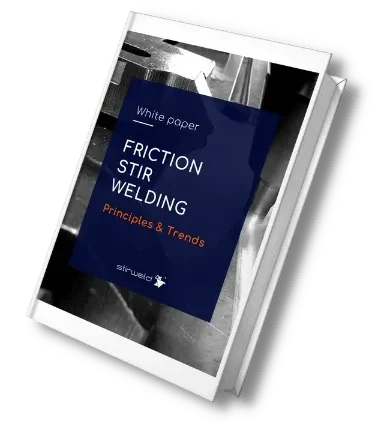
Ready to Elevate Your Die Cast Assembly?
Unlock unparalleled efficiency and cost-effectiveness with our cutting-edge FSW technology. Reach out to our specialists to tailor solutions for your distinct die cast requirements.

